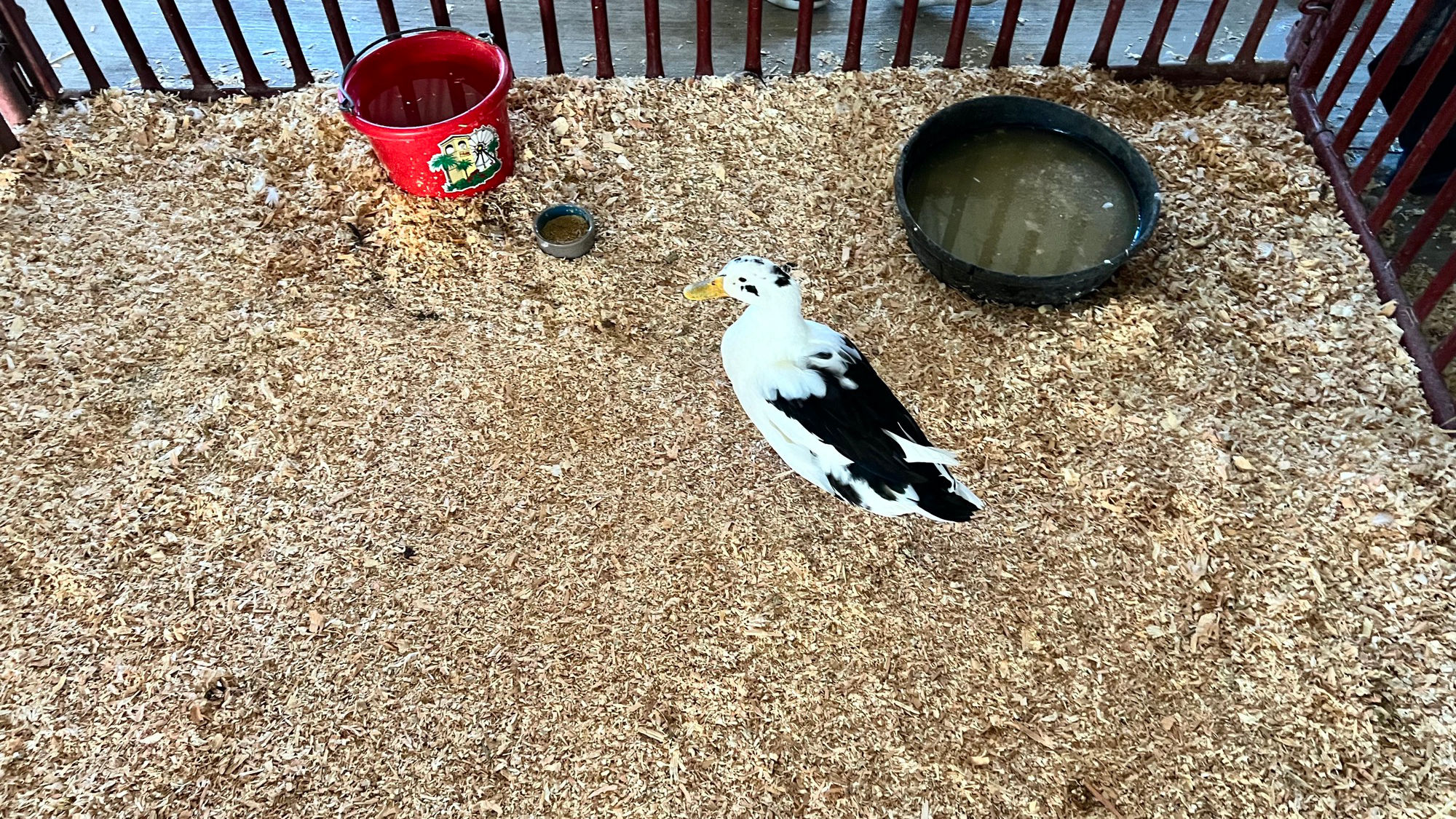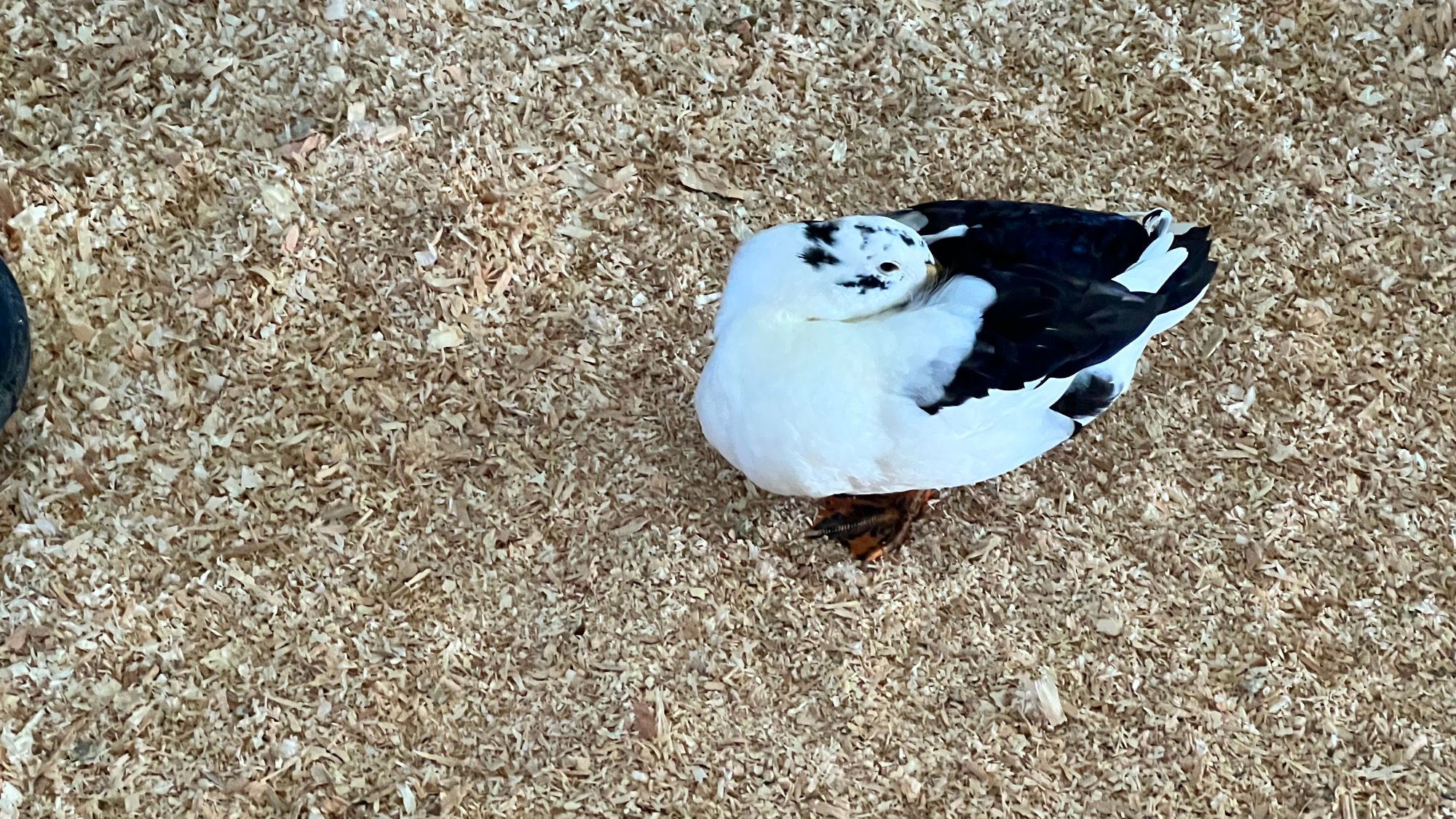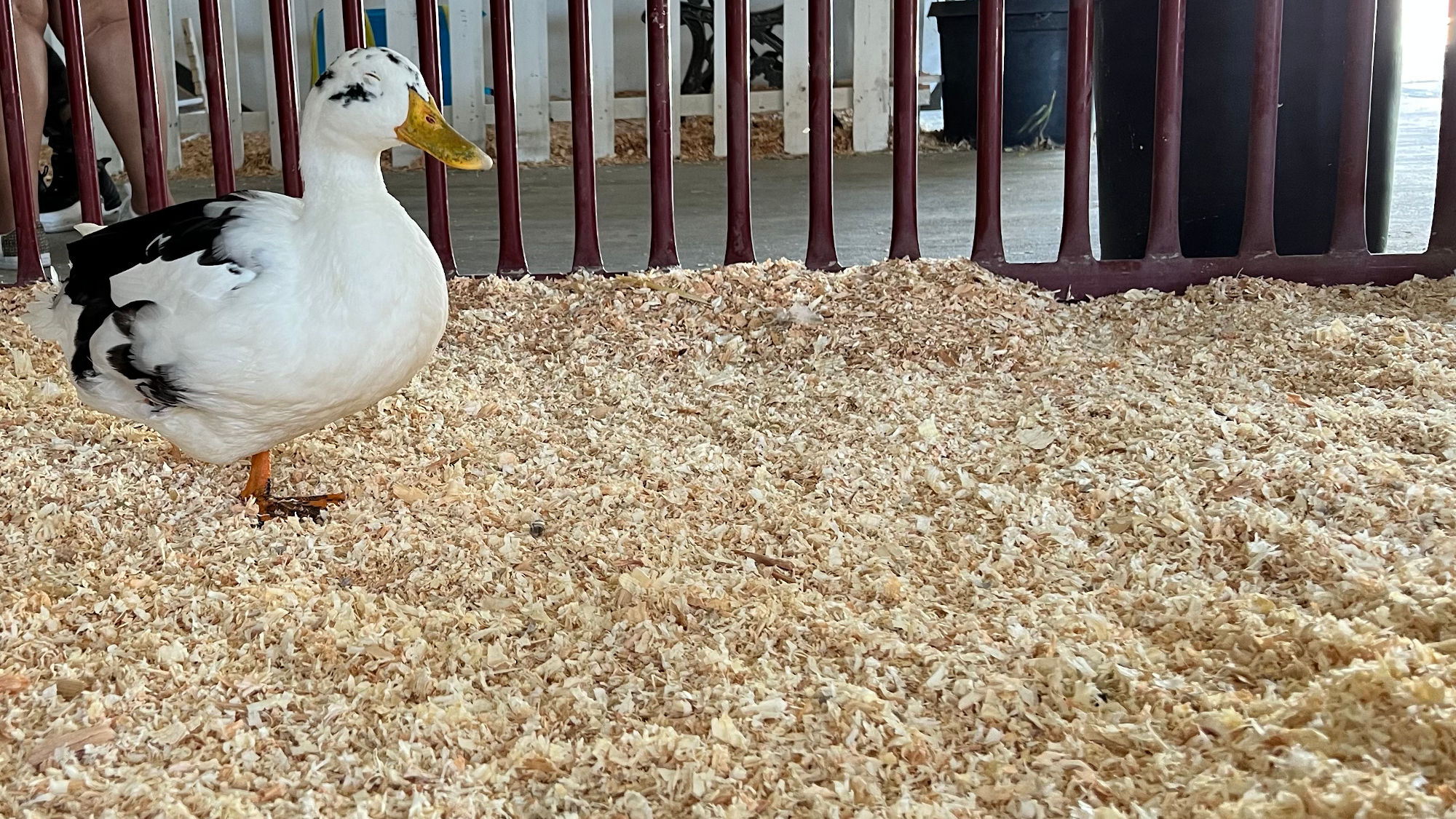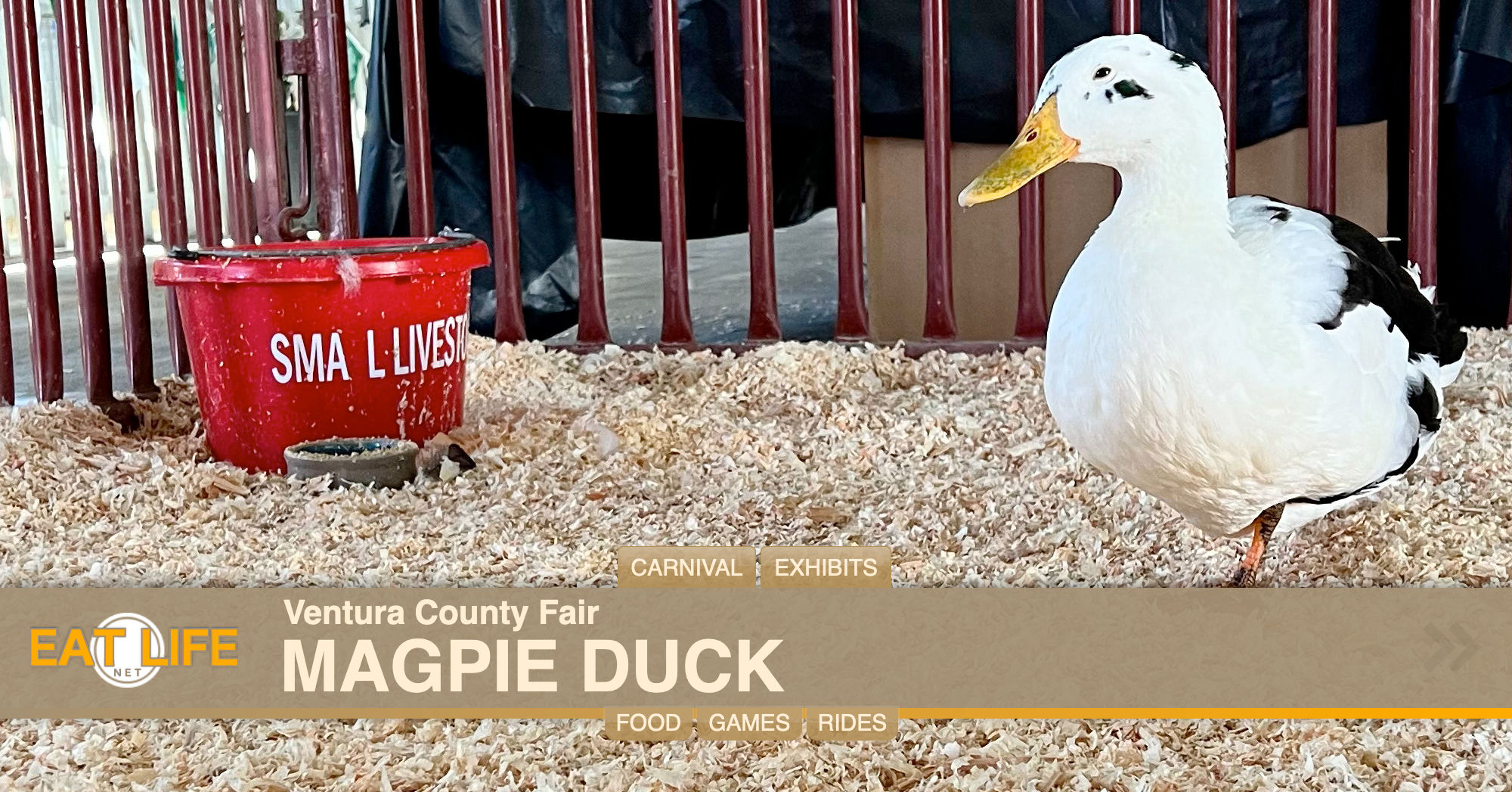






Magpie Duck Breed:
Magpie ducks are not necessarily as popular or well known as the Pekin, Khaki Campbell, or even the Indian Runner breeds. Still, they do have an extremely devoted keeper and breeder community.The hens of this breed are proficient layers of quality eggs. Both hens and drakes (mature male ducks) are excellent meat birds – if keepers can stand to butcher these incredibly adorable and friendly ducks.
History
M.C. Gower-Williams and Oliver Drake – both of Wales, are believed to have been the original creators of the Magpie duck breed in the 1800s.The Belgian Huttegem was also a part of the cross-breeding process used to create the Magpie duck breed. Belgian Huttegem ducks may also have some Indian Runner duck breed ancestry.
Magpie ducks were first imported into America by Michigan farmer Isaac Hunter in 1963.
The American Poultry Association did not recognize Magpies as an official breed with established standards until 1977.
Black and White Magpie ducks were first recognized by the association, followed by Blue Magpies a few years later.
The average lifespan of a Magpie duck is 8 to 12 yearsCharacteristics
- Magpies are classified as a “light class" breed of duck.
- Mature Magpie ducks weigh between three to five pounds, on average.
- Indian Runner ducks were believed to have been used in the cross-breeding process that created Magpie ducks. The distinctly upright carriage on members of this breed, along with the feather colors and plumage pattern, supports such a belief.
- The feathering on Magpie ducks is predominantly white, except for a large patch of colored plumage on both the back and crown of the head.
- Due to the head shape of the duck and the spot of colored plumage on the crown, it appears the ducks are wearing a flat cap on their heads.
- Magpie ducks boast a long body, but one that is not as cylindrical as the Indian Runner duck. The body carriage on these ducks is between 15 to 30 degrees horizontal when a Magpie is standing in a relaxed pose. The degree of flat stature is a little higher when one of these duck breed members becomes stressed.
- The heads of members of this breed are rather broad.
- Bills of Magpie ducks are either yellow or orange in color and long in size.
- The standard colors of Magpie ducks when graded for association listing or shows are black and white or blue and white.
- This duck’s body carriage is fifteen to thirty degrees above horizontal when relaxed and slightly higher when agitated. Standard varieties include Blacks and Blues. Some breeders have also developed nonstandard color varieties.
- Both the webbed feet and legs of Magpie ducks are orange.
Personalities
- Magpie ducklings can tend to imprint more deeply on their human keepers than baby ducks of other breeds – especially if they are the only surviving baby duckling or a long gap in the incubator hatching process.
- Typically, Magpie ducks are both docile and calm. They are not as easily startled as their Indian Runner duck ancestors but are still more high strung and prone to panic than Pekin, Rouen, and Khaki Campbell ducks.
- Like nearly all domesticated duck breeds, Magpies cannot indeed fly. They can flap their tiny wings to lift their bodies off the ground, maybe one foot or so, and move forward a few feet, but that is the extent of their flying capabilities.
Magpie hens lay between 220 to 290 eggs annuallyhttps://www.thehappychickencoop.com/magpie-duck-breed-everything-you-need-to-know




